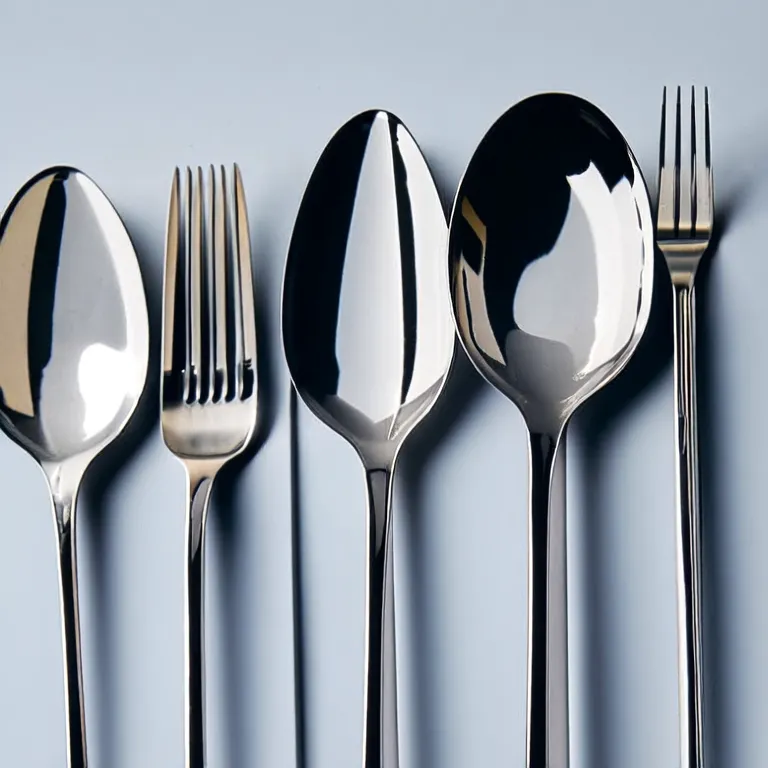Plastic Tableware
In recent years, Plastic tableware has gained immense popularity for various reasons, both in households and commercial settings. This article explores the Success of plastic tableware, considering its benefits, drawbacks, and practical applications.
The Rise in Popularity
Plastic tableware has witnessed a surge in demand, particularly in parties, picnics, and casual gatherings. The convenience of disposable tableware is a significant factor behind its Success. Consumers appreciate the ease of clean-up after events, as plastic plates, cups, and utensils can simply be discarded after use. This has also led to the rise of single-use plastic, making it a preferred choice for catering companies and event organizers.
Moreover, advancements in production technology have allowed manufacturers to create plastic tableware that resembles traditional materials like glass and porcelain. The aesthetic appeal combined with functionality has contributed to its widespread acceptance. People now often choose plastic tableware for its stylish designs, often without realizing that they are using a product made of durable and lightweight material.

Benefits of Plastic Tableware
One of the primary benefits of plastic tableware is its affordability. Compared to ceramic or glass options, plastic tableware is significantly more budget-friendly. This makes it an attractive option for families throwing birthday parties or social events that require large quantities of tableware.
Durability is another advantage that plastic tableware offers. It is less likely to break compared to glass or ceramic, making it a safer option for events with children. Additionally, many types of plastic tableware are designed to withstand heat, making them suitable for serving different types of food without fear of melting or losing shape.
Another benefit is the wide variety available in terms of color, shape, and design. From elegant and upscale options to fun and festive designs, manufacturers cater to various preferences and occasions. This versatility means that consumers can find the perfect plastic tableware to suit their event themes.
Environmental Concerns
Despite its many advantages, plastic tableware has faced criticism due to environmental concerns. The issue of plastic waste and pollution has prompted discussions on sustainability and eco-friendliness. Many consumers and activists advocate for reducing single-use plastics, leading manufacturers to explore biodegradable and compostable alternatives.
In response to these concerns, the industry has started to innovate by producing tableware made from recycled materials or plant-based substances. This not only addresses environmental issues but also appeals to a growing market of eco-conscious consumers looking for sustainable options without sacrificing convenience.
Practical Uses in Various Settings
Plastic tableware is incredibly versatile and serves numerous purposes across different settings. In addition to casual home use, it is also widely used in restaurants, cafés, and food trucks. For these establishments, the efficiency and cost-effectiveness make plastic tableware an appealing option.
Schools and daycare centers often utilize plastic tableware for lunch programs, as it ensures safety while also simplifying the cleaning process. In addition, during outdoor events such as festivals and fairs, vendors rely on plastic tableware to provide meal options quickly and efficiently to large crowds.
Conclusion
The success of plastic tableware can be attributed to its unique combination of convenience, affordability, and aesthetic appeal. While there are valid concerns regarding environmental impacts, innovations towards sustainable options are paving the way for a more responsible approach to disposable tableware. Consumers can enjoy the benefits of plastic tableware while also making informed choices that align with their values. The rise of plastic tableware reflects changing consumer preferences, making it a staple in everyday life and special occasions alike, proving that it is here to stay.
Tel.: 13722893904
Mobile: 1111111111111
Fax: 2222222222222222
WeChat: 33333333333333333
Skype: 44444444444444
WhatsApp: 55555555555555555555
Add.: 6666666666666666
E-mail: 777777@qq.com
E-mail: 12@163.com
E-mail: 23@23.com
Copyright © Copyright@2004 Adobe Systems Incorporated. All rights reserved. |
Sitemap
| Sitemap

-

自定义客服1: 7890988
-

自定义客服2: 6789088
-

自定义客服3: 7890988
-

自定义客服4: 6789088
外贸独立站如何通过AI技术提升竞争力? 在全球化竞争日益激烈的今天,外贸企业仅靠传统的建站模式已难以脱颖而出。随着AI技术的快速发展,智能化的独立站正成为企业出海的核心竞争力。如何借助AI优化网站、提升转化率,并降低运营成本?以下是关键策略。 1. AI驱动的内容优化,精准触达目标客户 传统的外贸网站往往依赖人工撰写产品描述,不仅效率低,且难以满足多语言市场的需求。如今,AI内容生成工具可自动优化产品文案,确保符合SEO标准,并适配不同地区的语言习惯。例如,AI可分析德国市场的搜索偏好,生成包含“TÜV认证”“工业级耐用”等关键词的高转化文案,使产品页面的搜索排名提升50%以上。 2. 智能数据分析,实时优化用户体验 许多外贸网站上线后缺乏持续优化,导致跳出率高、转化率低。AI分析工具可实时监测用户行为,如热图追踪、点击路径分析等,自动识别流失点并提供优化建议。例如,当系统检测到用户在结算页大量流失时,可建议简化支付流程或增加信任标识,从而降低30%的弃单率。 3. AI客服与询盘自动化,提升响应效率 海外客户往往期待24小时即时响应,而人工客服成本高昂。AI智能客服可自动处理80%的
















